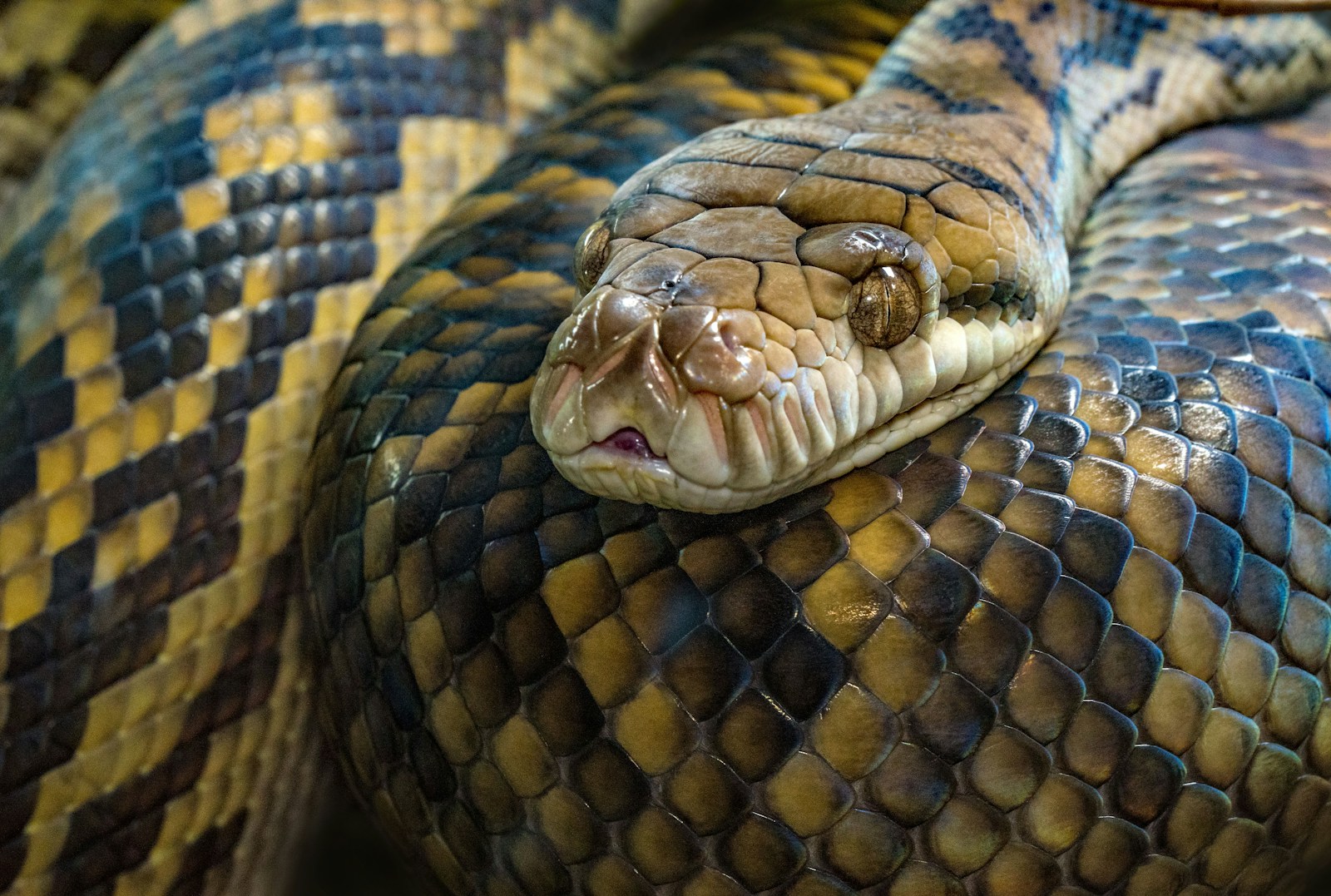Snakes, often misunderstood as aggressive predators, actually prefer to avoid confrontation whenever possible. While their venomous bite often gets the most attention, it’s actually a last resort in their defensive arsenal. Most snake species have evolved a fascinating array of non-biting defense mechanisms that help them survive encounters with potential threats. From elaborate visual displays to chemical warfare and surprising physical adaptations, snakes demonstrate remarkable ingenuity in protecting themselves without resorting to their fangs. These primary defense strategies focus on avoiding detection or deterring predators before a physical confrontation becomes necessary, showcasing the evolutionary sophistication of these remarkable reptiles.
Camouflage: Nature’s Perfect Disguise
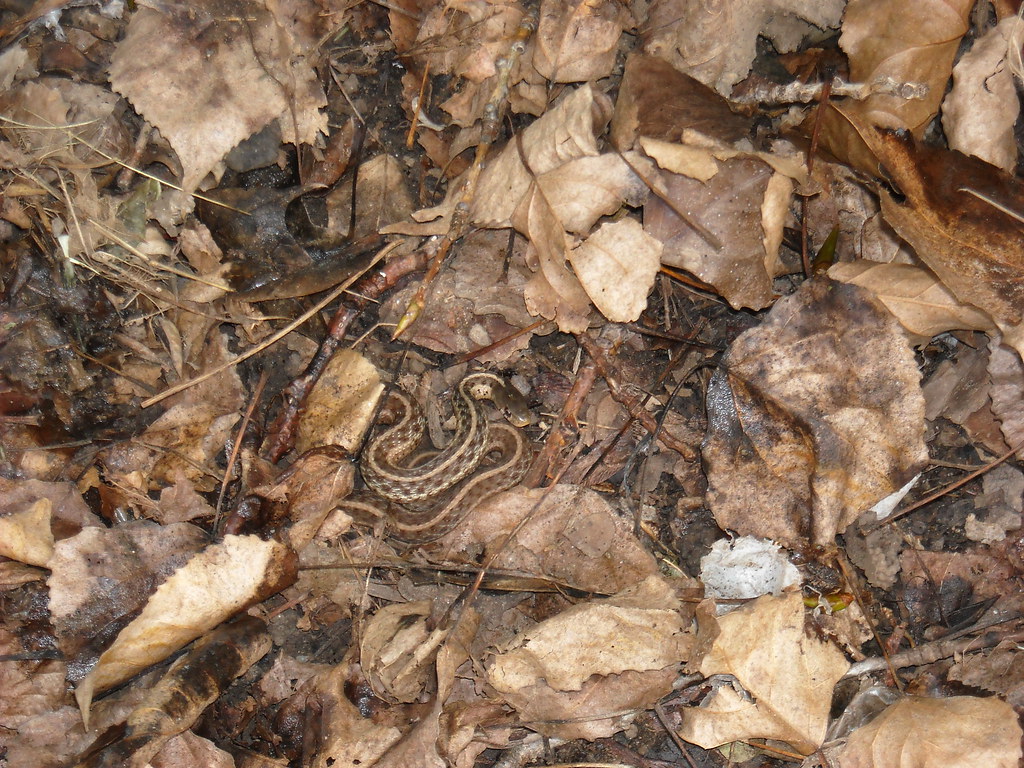
Perhaps the most prevalent defensive strategy among snakes is their masterful use of camouflage, which serves as their first line of defense against potential threats. Species like the gaboon viper display intricate patterns that perfectly mimic forest floor debris, making them virtually invisible to both predators and prey. The kenyan sand boa burrows beneath desert surfaces with only its eyes protruding, its coloration matching the surrounding sand so perfectly that detection becomes nearly impossible. Even the common grass snake utilizes its green or brown coloration to blend seamlessly with vegetation, demonstrating how this passive defense mechanism has been refined through millions of years of evolution. Effective camouflage allows snakes to avoid confrontations entirely, conserving energy and reducing the need for more active defensive behaviors.
Playing Dead: The Ultimate Deception

When threatened, several snake species employ an elaborate form of thanatosis, or death-feigning, to convince predators they’re no longer worth attacking. The most famous practitioner is the North American hognose snake, which rolls onto its back, opens its mouth, extends its tongue, and even secretes a foul-smelling musk to complete the illusion of death. This performance can last from minutes to hours, with some individuals refusing to “revive” until they’re absolutely certain the danger has passed. Remarkably, some species like the eastern indigo snake will even allow themselves to be picked up and handled while maintaining their deathly posture. The evolutionary advantage is clear—many predators prefer live prey and will abandon what appears to be a deceased snake, providing these clever reptiles an effective escape strategy without expending the energy required for flight or confrontation.
Intimidating Displays: Making Themselves Look Threatening
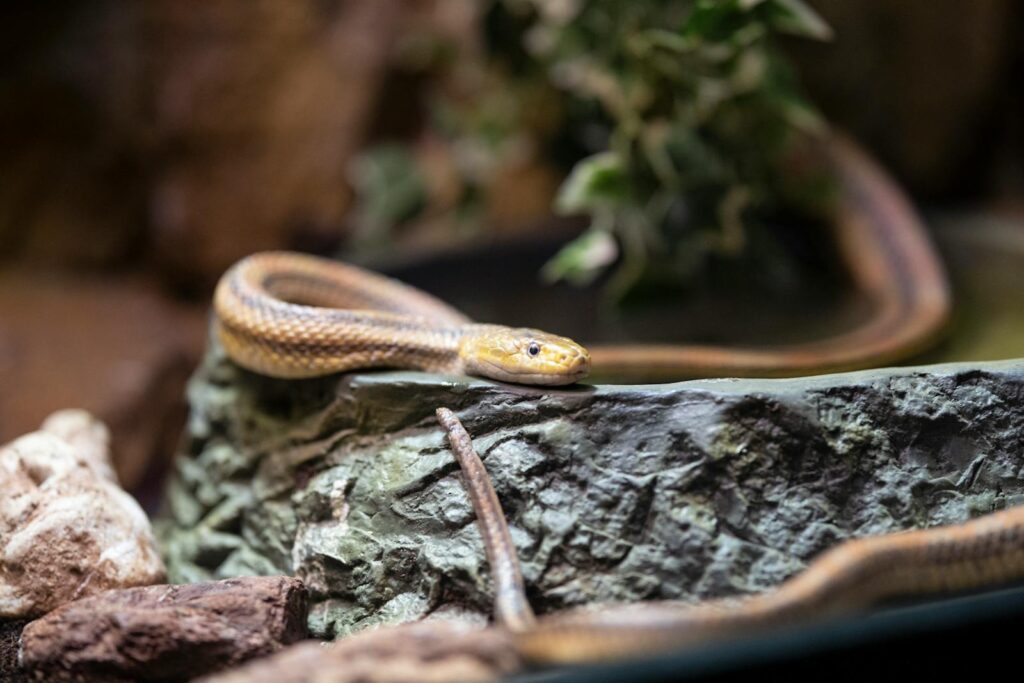
When concealment fails, many non-venomous and venomous snakes alike resort to impressive visual displays designed to make them appear more dangerous than they actually are. The common garter snake will flatten its head to mimic the triangular shape typically associated with venomous species, creating confusion in potential predators. Cobras famously spread their hoods when threatened, dramatically increasing their apparent size while presenting distinctive patterns that serve as universal warning signals in the animal kingdom. The eastern hognose snake combines multiple display elements by flattening its neck, hissing loudly, and performing mock strikes with its mouth closed, creating a convincing venomous snake impression despite being harmless to most predators. These theatrical displays capitalize on instinctive fear responses in predators, often successfully deterring attacks without requiring physical contact.
Tail Displays and Caudal Luring
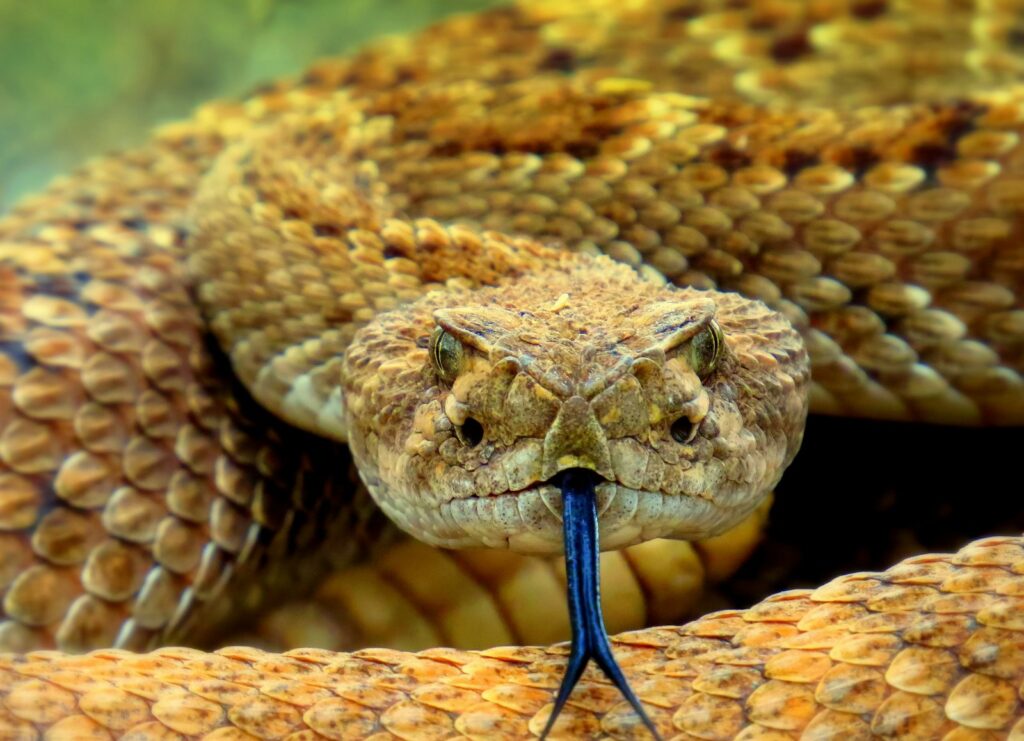
Many snake species have evolved specialized tail behaviors that serve both offensive and defensive purposes in their survival repertoire. The infamous rattlesnake possesses a keratin rattle that produces its distinctive warning sound when vibrated, alerting potential threats to keep their distance without requiring the snake to expend venom. Species like the copperhead engage in “caudal luring,” wiggling their distinctively colored tail tips to mimic worms or insects, drawing curious prey animals closer while simultaneously serving as a distracting target for predators that might otherwise attack more vulnerable body parts. Some non-venomous snakes like certain rat snake species have even evolved to mimic the rattlesnake’s warning behavior by rapidly vibrating their tails against leaves or debris, creating a similar sound that benefits from the widespread recognition of the rattlesnake’s warning. These specialized tail adaptations represent elegant solutions that can simultaneously support feeding, defense, and predator avoidance without requiring the snake to bite.
Chemical Warfare: Musk and Defensive Secretions
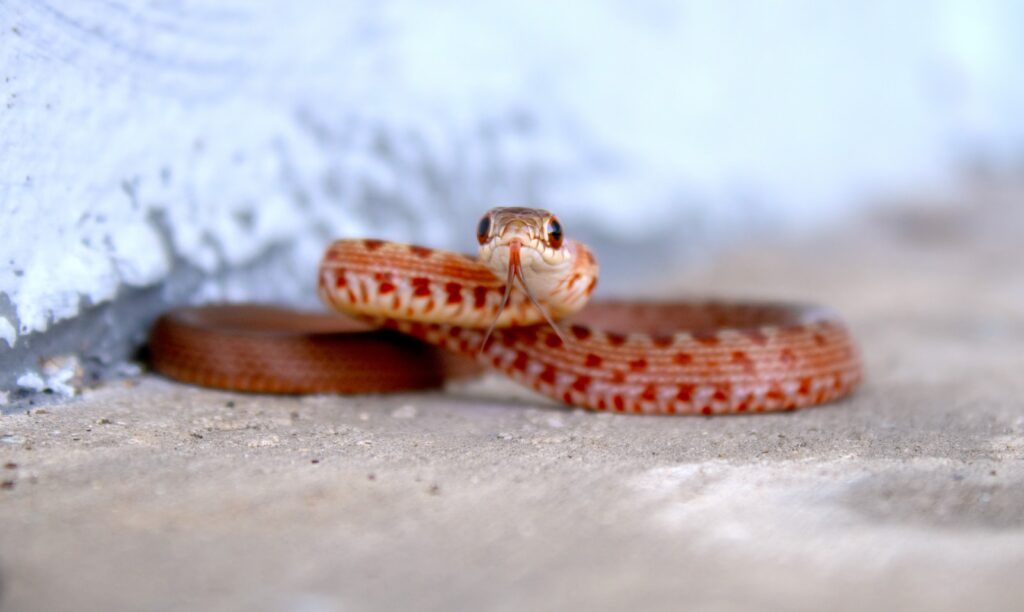
When physically threatened, many snake species resort to chemical defenses that can repel even the most determined predators without requiring a single bite. Garter snakes, water snakes, and many other species possess specialized cloacal glands that produce foul-smelling musk, which they release when handled or threatened. This noxious substance, often described as smelling like rotten eggs or skunk spray, can linger on a predator for days, potentially interfering with its own hunting success. Some species combine their chemical arsenal with other defensive behaviors, such as the western hognose snake that rolls onto its back while simultaneously releasing musk, creating a multisensory deterrent. The effectiveness of these chemical defenses is evidenced by the rapid learning curve of predators, which typically avoid snakes after a single malodorous encounter, demonstrating how these reptiles can defend themselves through sophisticated biochemical means rather than physical confrontation.
Rapid Escape: The Art of Fleeing
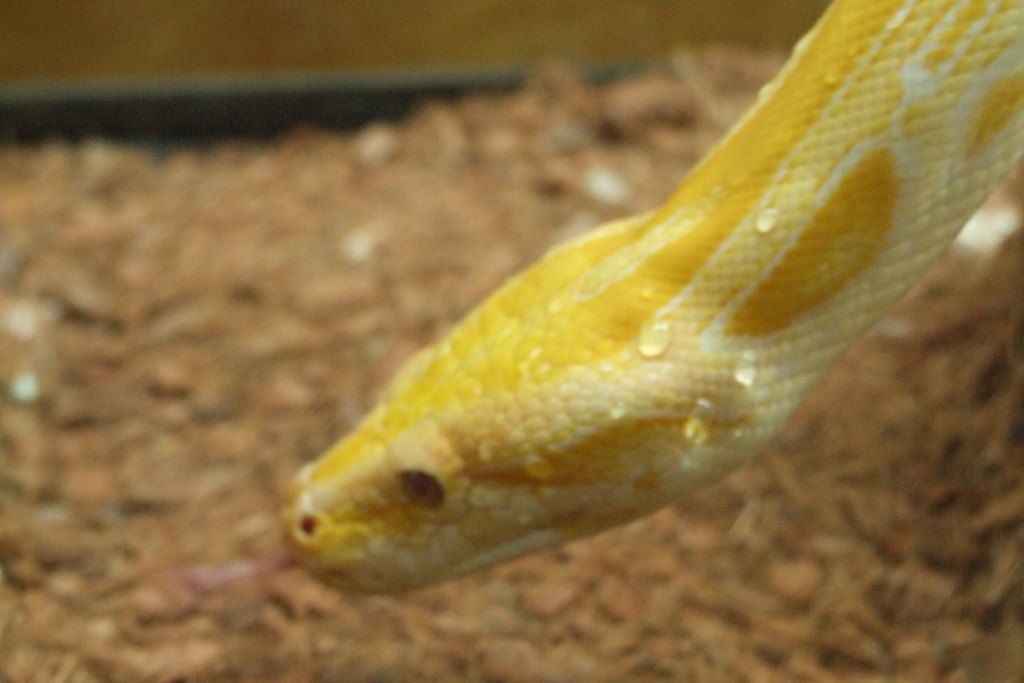
Despite their limbless bodies, snakes have developed remarkably effective locomotion strategies that serve as primary defense mechanisms when threats are detected. Many species like the black racer can achieve impressive speeds of up to 8 miles per hour in short bursts, allowing them to quickly escape danger before confrontation becomes necessary. Water snakes demonstrate exceptional swimming capabilities, diving beneath the surface and remaining submerged for extended periods to evade predators that cannot follow. Species like the sidewinder have evolved specialized movement techniques that minimize contact with hot desert sand while maximizing speed across difficult terrain, enabling efficient escape from threats. This preference for flight over fight represents the most energy-efficient defensive strategy in a snake’s arsenal, allowing them to avoid potential injury while conserving the resources necessary for hunting and reproduction.
Aposematic Coloration: Warning Signals
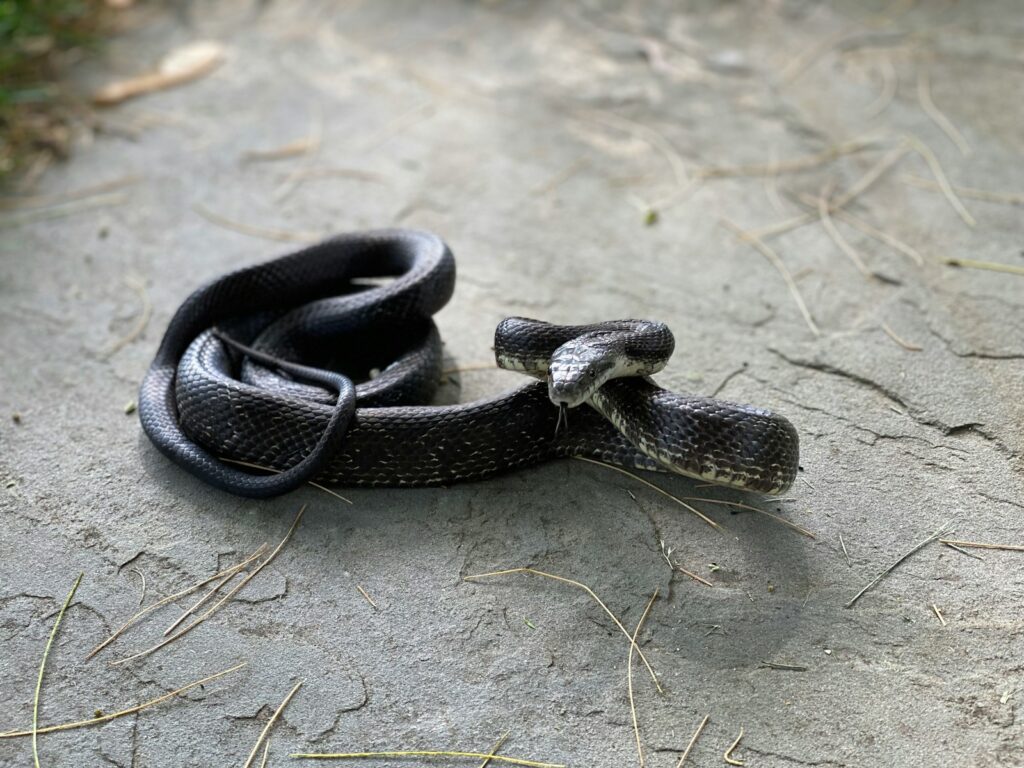
Some snake species have evolved bright, conspicuous coloration patterns that serve as visual warnings to potential predators, communicating their venomous or unpalatable nature. The coral snake’s vibrant red, yellow, and black banding pattern stands as one of nature’s most recognizable warning signs, so effective that numerous harmless species have evolved to mimic it. The mangrove snake displays striking black and yellow bands that stand out sharply against vegetation, advertising its venomous bite to would-be attackers. These warning colors work through an evolutionary process called aposematism, where predators learn to associate certain color patterns with negative experiences and subsequently avoid similarly-patterned prey. Interestingly, this defensive strategy relies on communication rather than concealment, representing an advanced evolutionary adaptation that prevents physical confrontations by effectively “advertising” the snake’s defensive capabilities before any interaction occurs.
Body Inflation and Shape-Shifting

Several snake species have developed the remarkable ability to physically alter their appearance when threatened, creating a more intimidating profile without actual growth. The puff adder earned its name from its defensive behavior of inflating its body to appear significantly larger when confronted by potential predators. Eastern hognose snakes can flatten their necks and bodies to such an extent that they almost double their apparent width, creating an imposing silhouette that discourages attacks. Some species combine inflation with other defensive displays, such as the Indian cobra simultaneously spreading its hood while expanding its body, maximizing its visual impact and deterrent effect. These physical transformations require minimal energy expenditure compared to fighting or fleeing, yet can significantly decrease the likelihood of attack by making predators reassess the risk-reward ratio of pursuing what suddenly appears to be a much more formidable opponent.
Sound Production: Auditory Warnings
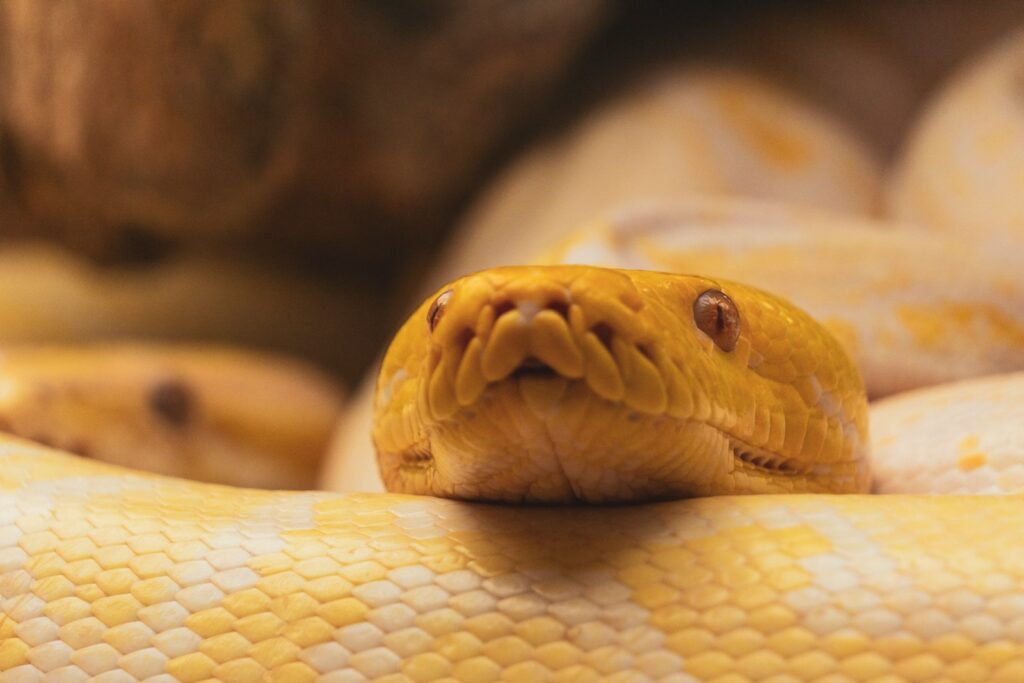
Beyond the familiar rattle of rattlesnakes, numerous snake species have evolved various mechanisms to produce warning sounds that deter predators without requiring physical contact. The bull snake creates a convincing rattlesnake imitation by forcefully exhaling air while simultaneously vibrating its tail against dry leaves, producing a combination of hissing and rattling that benefits from widespread fear of rattlesnakes. King cobras produce a distinctive growling sound by manipulating air flow through their trachea, a unique vocalization among snakes that creates an unmistakable warning. The saw-scaled viper generates a rasping sound by rubbing specialized scales against each other when threatened, creating a distinctive “sawing” noise that advertises its presence and dangerous potential. These auditory signals serve as effective distance warnings, allowing snakes to communicate their defensive capabilities to potential threats before visual contact is even established, preventing unnecessary confrontations altogether.
Regurgitation and Projectile Defenses
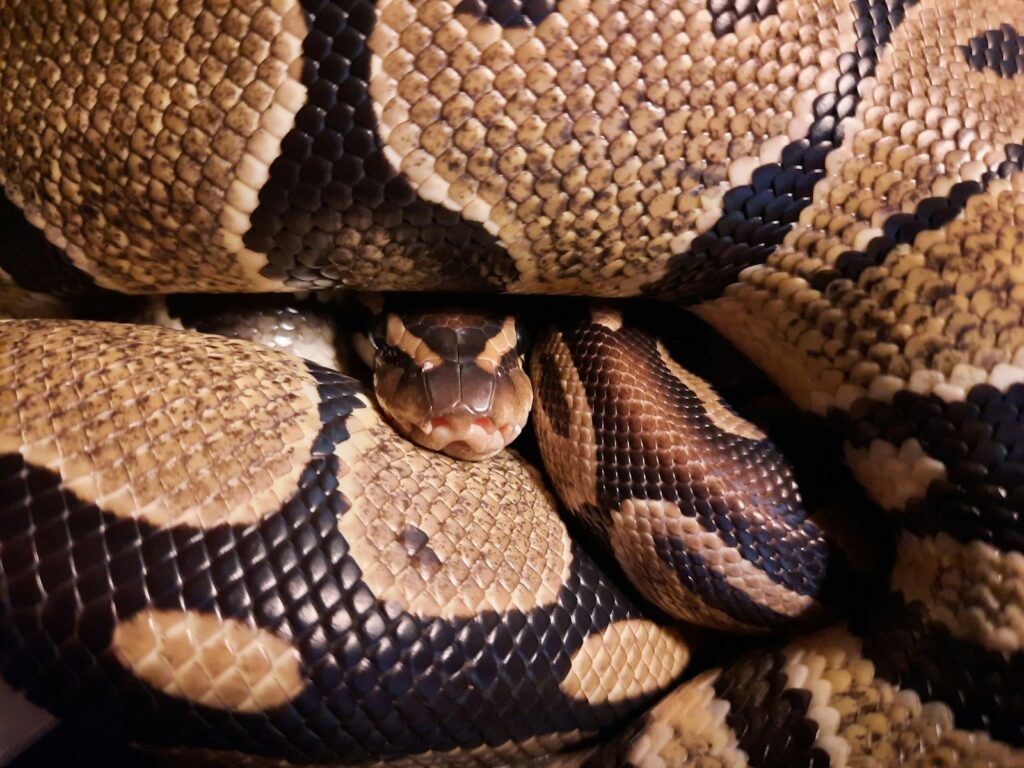
Some snake species employ particularly dramatic defensive tactics involving the forceful expulsion of various substances when severely threatened. The western hook-nosed snake has developed the ability to spray blood from its eyes when under extreme duress, creating a startling distraction that often provides an opportunity for escape. Several species including king snakes and rat snakes will regurgitate recently consumed meals when handled or threatened, both reducing their weight for faster escape and creating a foul-smelling distraction. The spitting cobra has evolved the most specialized projectile defense, capable of accurately spraying venom up to eight feet toward a predator’s eyes, causing intense pain and temporary blindness without requiring direct contact. These projectile defenses represent specialized adaptations that allow snakes to defend themselves at a distance, maintaining safety while potentially incapacitating threats without engaging in risky close-quarters combat.
Strategic Positioning and Coiling
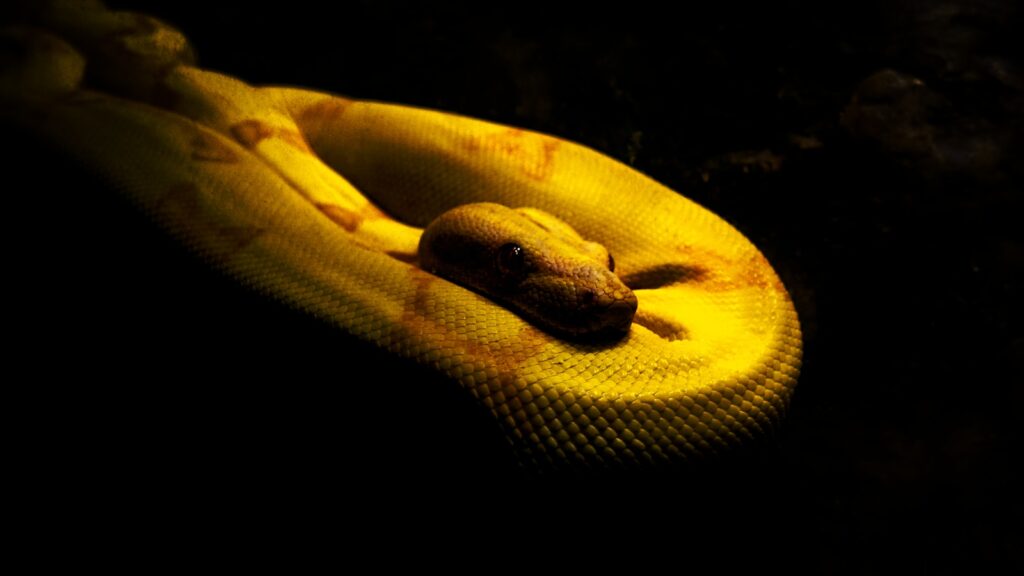
The way snakes position their bodies serves as both a preventative defense and a preparation for last-resort measures if confrontation becomes unavoidable. When threatened, many species adopt the distinctive S-shaped defensive coil, preparing for potential strikes while simultaneously creating an intimidating posture that signals their readiness to defend themselves. Venomous species like vipers typically raise the front portion of their bodies off the ground while coiling, maximizing striking range while keeping vital areas protected. Some species like the ball python take the opposite approach, rolling into a tight ball with their head tucked safely in the center of their coils, protecting vulnerable areas while presenting only smooth scales to potential attackers. These defensive postures serve multiple purposes, simultaneously preparing the snake for offensive action while creating visual deterrents that may prevent attacks entirely, representing an elegant balance between active and passive defense strategies.
Mimicry: Impersonating Dangerous Species
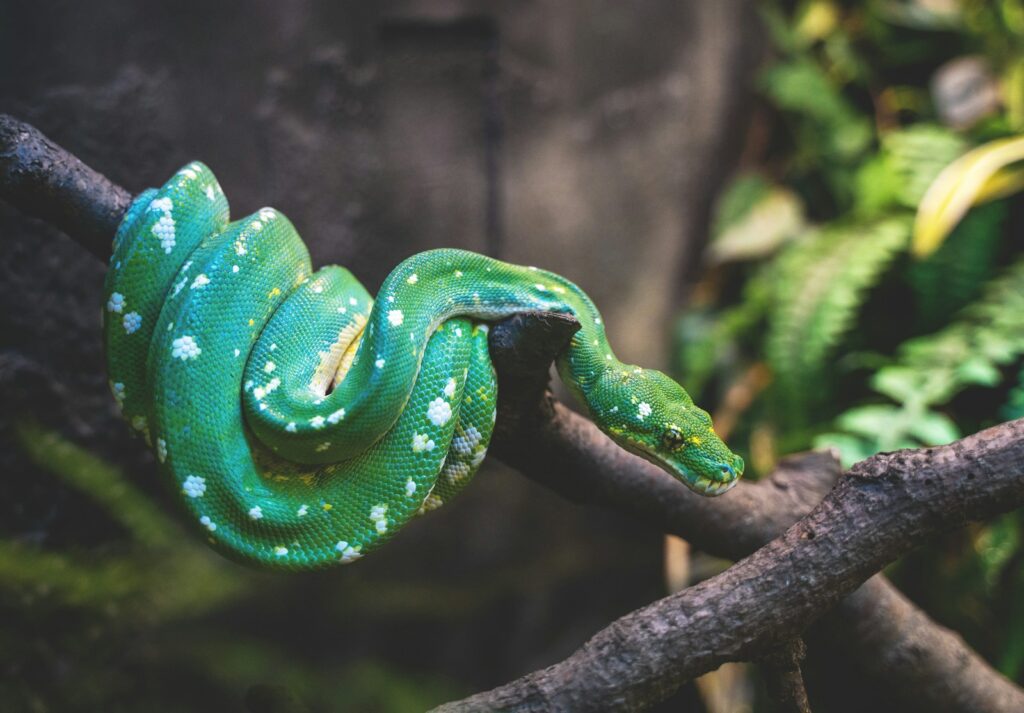
Perhaps the most sophisticated non-biting defense among snakes involves the remarkable evolution of mimicry, where harmless species have developed appearances and behaviors that imitate more dangerous counterparts. The scarlet kingsnake has evolved nearly identical coloration to the venomous coral snake, benefiting from predators’ learned avoidance despite having no venom of its own. Numerous species of harmless milk snakes display uncanny resemblances to various venomous species that share their ranges, creating effective visual deterrents against predators that have learned to avoid certain patterns. This phenomenon, known as Batesian mimicry, extends beyond appearance to include behavior, with some harmless species adopting the distinctive defensive displays of venomous counterparts, such as the false water cobra’s hood-spreading imitation of true cobras. These sophisticated mimicry systems represent the pinnacle of non-aggressive defense, allowing completely harmless snakes to benefit from the dangerous reputations of their venomous lookalikes without actually possessing any dangerous capabilities themselves.
Conclusion
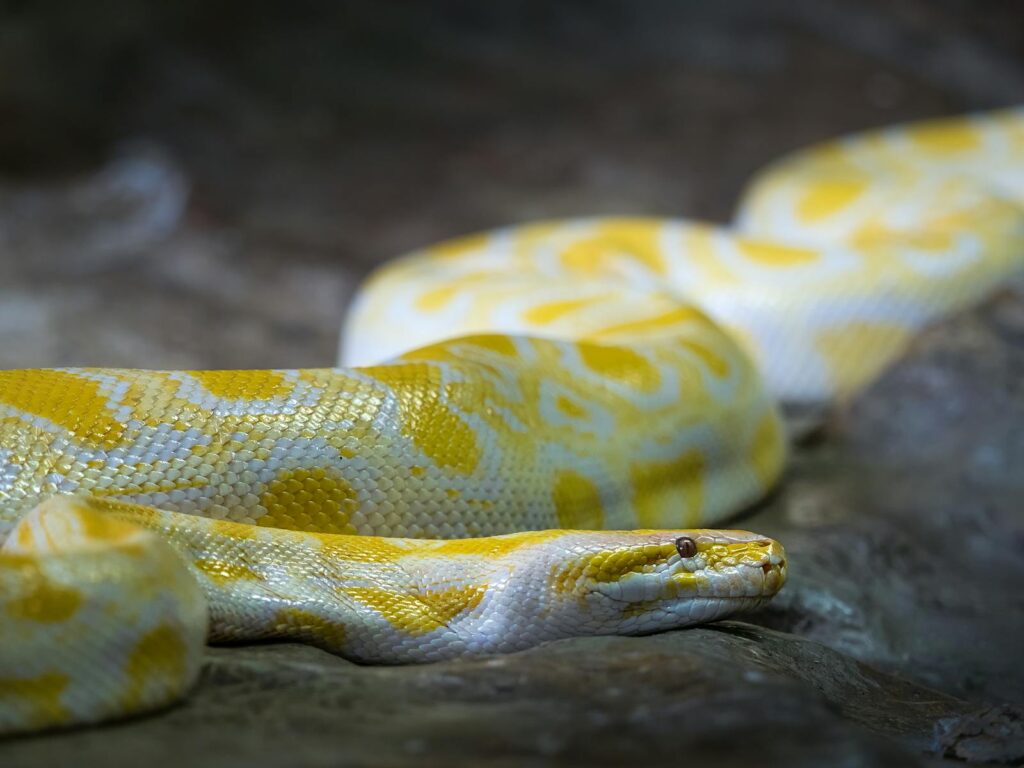
The diverse defensive strategies employed by snakes represent millions of years of evolutionary refinement, demonstrating that these reptiles are far more sophisticated than their fearsome reputation might suggest. From passive techniques like camouflage and mimicry to active displays, chemical defenses, and escape behaviors, snakes have developed a remarkable toolkit that often allows them to avoid conflict entirely. These non-biting defense mechanisms showcase the adaptability and diversity of snake species across different habitats and ecological niches. Understanding how snakes defend themselves without resorting to biting not only provides fascinating insight into these often-misunderstood creatures but also highlights an important point: most snake species prefer to avoid confrontation with humans and other animals whenever possible, using their venomous bite only as a last resort when all other defensive options have failed.

